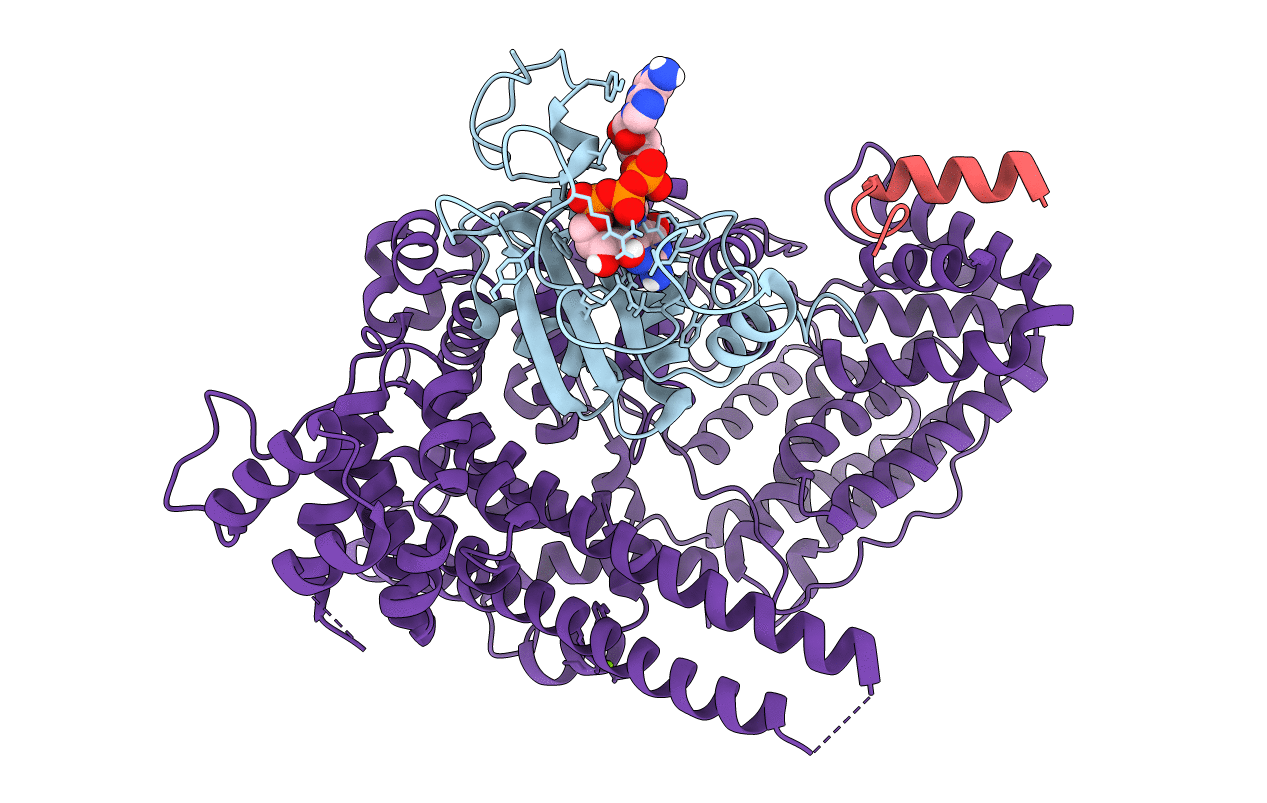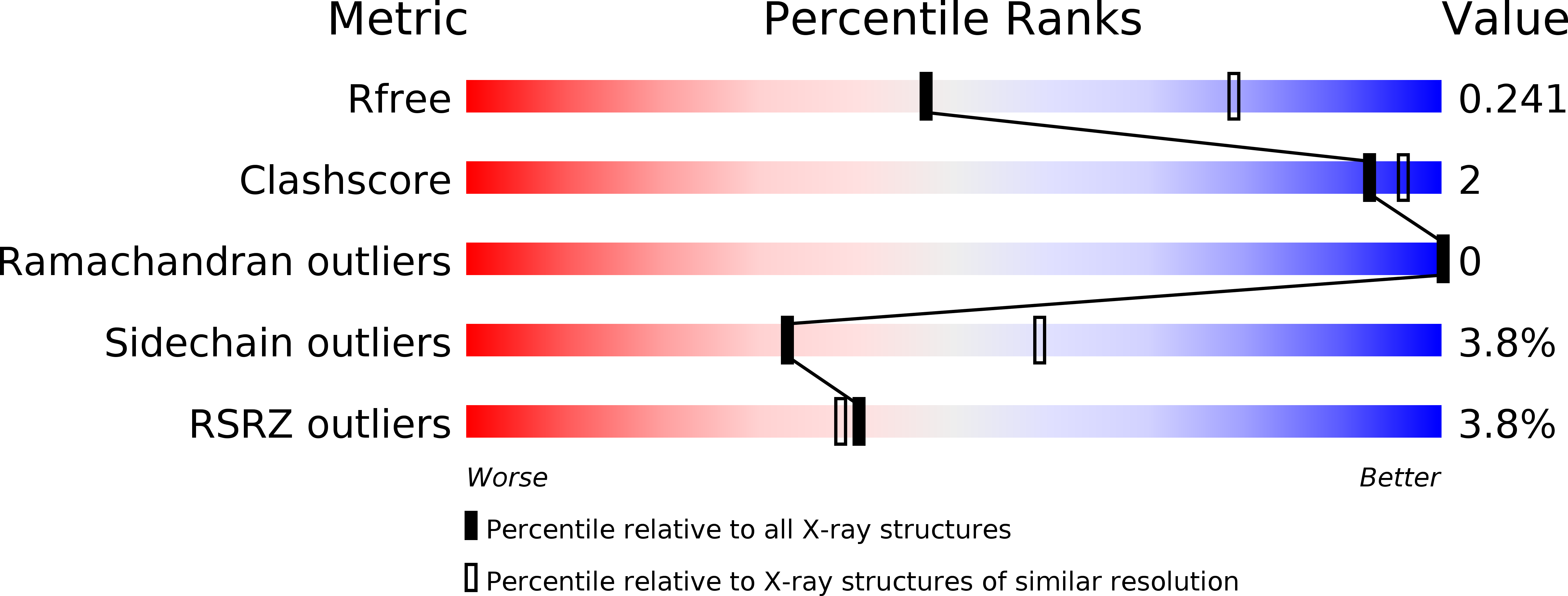
Deposition Date
2018-04-11
Release Date
2018-04-25
Last Version Date
2024-11-13
Entry Detail
PDB ID:
6D0Y
Keywords:
Title:
X-ray Crystal Structure of PGC-1beta C-terminus bound to the CBP80-CBP20 Cap Binding Complex
Biological Source:
Source Organism:
Homo sapiens (Taxon ID: 9606)
Host Organism:
Method Details:
Experimental Method:
Resolution:
2.68 Å
R-Value Free:
0.24
R-Value Work:
0.18
R-Value Observed:
0.18
Space Group:
P 21 21 21


